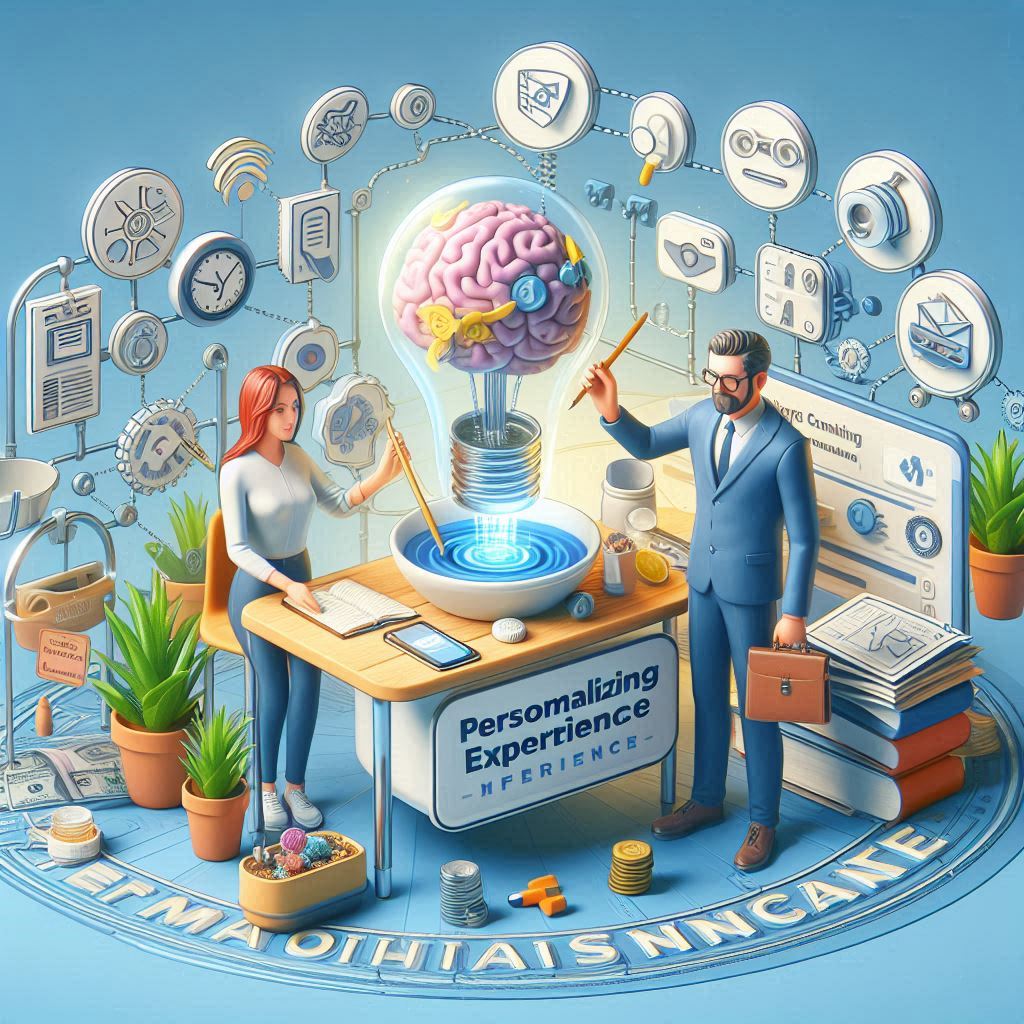In today’s highly competitive digital landscape, personalized customer experiences have become essential for businesses looking to stand out and drive growth. HubSpot’s Marketing Hub offers a variety of powerful tools and features designed to help marketers deliver tailored experiences that resonate with their audience. In this blog post, we’ll take a deep dive into how you can leverage HubSpot’s Marketing Hub to personalize customer experiences and drive engagement and loyalty.
Understanding Personalization in Marketing
Personalization in marketing involves tailoring your messaging, content, and interactions to meet the specific needs and preferences of individual customers or segments. By delivering personalized experiences, businesses can create deeper connections with their audience, increase engagement, and drive conversions. HubSpot’s Marketing Hub provides a range of capabilities to help marketers personalize every touchpoint of the customer journey.
Key Features for Personalizing Customer Experiences with HubSpot’s Marketing Hub
- Dynamic Content: Use HubSpot’s dynamic content feature to deliver personalized website content, email campaigns, and landing pages based on visitor characteristics, such as location, industry, or past interactions.
- Email Segmentation: Segment your email list based on demographics, behavior, and preferences to deliver targeted and relevant messages to different audience segments.
- Smart Content: Leverage HubSpot’s smart content feature to dynamically adjust content based on a visitor’s lifecycle stage, past interactions, or other criteria, ensuring a personalized experience for every visitor.
- Behavior-Based Targeting: Utilize HubSpot’s behavioral tracking capabilities to track user interactions across your website and other digital channels, allowing you to deliver targeted messaging and offers based on their actions and interests.
Strategies for Personalizing Customer Experiences
- Collect and Utilize Data: Gather data on your customers’ preferences, behaviors, and past interactions to inform your personalization efforts. Utilize HubSpot’s built-in CRM and tracking tools to collect and analyze data from multiple touchpoints.
- Segment Your Audience: Segment your audience into distinct groups based on common characteristics or behaviors. Use HubSpot’s segmentation tools to create targeted lists for email campaigns, ad targeting, and personalized content delivery.
- Create Personalized Content: Develop content that speaks directly to the needs and interests of your audience segments. Use HubSpot’s content creation tools to customize messaging, imagery, and calls-to-action for different segments.
- Automate Personalization: Leverage HubSpot’s automation capabilities to deliver personalized experiences at scale. Set up automated workflows and triggers to deliver targeted messages, offers, and content based on user behavior and preferences.
Best Practices for Personalization Success
- Start Small and Scale Up: Begin by personalizing key touchpoints or campaigns and gradually expand your personalization efforts as you gather more data and insights.
- Test and Iterate: Continuously test different personalization strategies and tactics to identify what resonates most with your audience. Use A/B testing and analytics to measure performance and refine your approach over time.
- Stay Consistent Across Channels: Ensure a consistent and cohesive experience for your audience across all touchpoints and channels, including your website, email, social media, and advertising.
- Respect Privacy and Consent: Be transparent about how you collect and use customer data for personalization purposes, and ensure compliance with data privacy regulations, such as GDPR and CCPA.
Conclusion
Personalizing customer experiences is no longer just a nice-to-have—it’s a must-have for businesses looking to thrive in today’s competitive market. With HubSpot’s Marketing Hub, marketers can leverage a variety of tools and features to deliver tailored experiences that resonate with their audience, drive engagement, and foster loyalty. By understanding the key features, strategies, and best practices for personalization success, marketers can take their personalization efforts to the next level and create meaningful connections with their customers.

